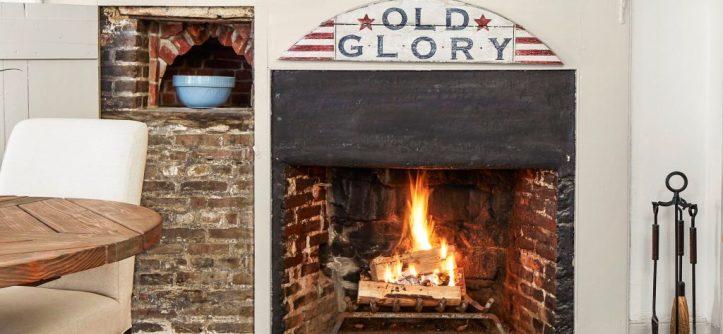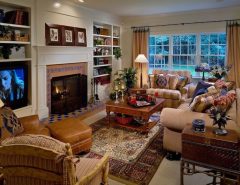The crackling warmth of a fire isn’t just about comfort; it’s a connection to the past. Antique fireplaces, often the heart of a home, hold a unique charm and historical significance. But time and neglect can take their toll. Thankfully, restoring an antique fireplace isn’t just about aesthetics; it’s about preserving a piece of heritage.
Why Restore an Antique Fireplace?
Beyond the undeniable beauty of a restored fireplace, there are several compelling reasons to consider this project:
- Historical Significance: Fireplaces have been a central feature of homes for centuries, reflecting the architectural styles and craftsmanship of their era. Restoring one preserves a tangible link to the past.
- Increased Value: A well-maintained antique fireplace can significantly enhance the value of your property, especially in historic homes.
- Improved Functionality: Over time, cracks, loose components, and deterioration can affect a fireplace’s safety and efficiency. Restoration addresses these issues for a safer and more enjoyable experience.
- Sustainability: Instead of replacing a perfectly functional fireplace with a new one, restoration promotes sustainability by extending its lifespan and reducing construction waste.
Assessing Your Fireplace

Before embarking on a restoration journey, it’s crucial to assess your fireplace’s condition. Here’s what you should look for:
- Material: Identify the primary material. Cast iron, brick, stone, and marble are common in antique fireplaces. Understanding the material helps determine the restoration approach.
- Damage: Look for cracks, chips, loose bricks, or damaged mortar. Assess the severity of the damage and if it compromises structural integrity.
- Functionality: Check the damper operation, smoke chamber, and flue. Are there any blockages that might affect ventilation?
- Originality: Look for markings or decorative elements that can provide clues about the fireplace’s age and style. This information is valuable for a historically accurate restoration.
Consulting a professional:
For antique fireplaces, especially those with significant damage or historical value, consulting a professional restorer is highly recommended. They possess the expertise, tools, and experience to handle the restoration with care and ensure it adheres to historical preservation guidelines.
The Restoration Process: A Blend of Skill and Care
The restoration process can vary depending on the material, damage, and desired level of historical accuracy. Here’s a general breakdown:
- Cleaning: A thorough cleaning removes soot, smoke stains, and dust. Depending on the material, specialized cleaning methods might be used to avoid damaging the surface.
- Repairs: Cracks, loose bricks, and damaged mortar are addressed using appropriate materials and techniques. Restorers may use traditional materials like lime mortar or specialized epoxies for cast iron repairs.
- Replacement: Missing decorative elements or severely damaged components might require replacement. Ideally, salvaged parts from similar fireplaces should be used to maintain historical accuracy.
- Finishing: Depending on the material and desired look, finishing touches like polishing, re-patination for cast iron, or sealing for stone might be applied.
Maintaining the Restoration:
Once your antique fireplace is restored, proper maintenance ensures its longevity. Here are some tips:
- Regular cleaning: Clean the firebox after use to remove ash and debris.
- Flue Maintenance: Have the chimney and flue inspected and cleaned annually by a certified chimney sweep.
- Protective measures: Avoid using abrasive cleaners or harsh chemicals on the fireplace surface. Use fireplace screens to prevent excessive heat from damaging the surround.
Restoring for Functionality and Efficiency
While preserving the historical integrity is crucial, some restorations might include upgrades for functionality and efficiency. Here are some options to consider:
- Liners: Installing a metal flue liner can improve safety and efficiency by reducing the risk of fire and heat-related damage.
- Dampers: Replacing a damaged damper ensures proper ventilation and helps control air intake for more efficient burning.
- Glass Doors: Adding glass doors allows you to enjoy the fire’s ambiance while improving heat retention and reducing drafts.
Regulations and Permits:
In some cases, restoration work might require permits or adhere to specific historical preservation guidelines. Consulting your local building department or historical society can provide valuable information.
The Reward: A Piece of History Brought Back to Life
Restoring an antique fireplace is an enriching journey. You’ll not only enjoy a beautiful and functional centerpiece in your home but also a tangible connection to the past. With careful planning, skilled restoration, and proper maintenance, you can ensure that your antique fireplace continues to be a source of warmth and character for generations to come.




